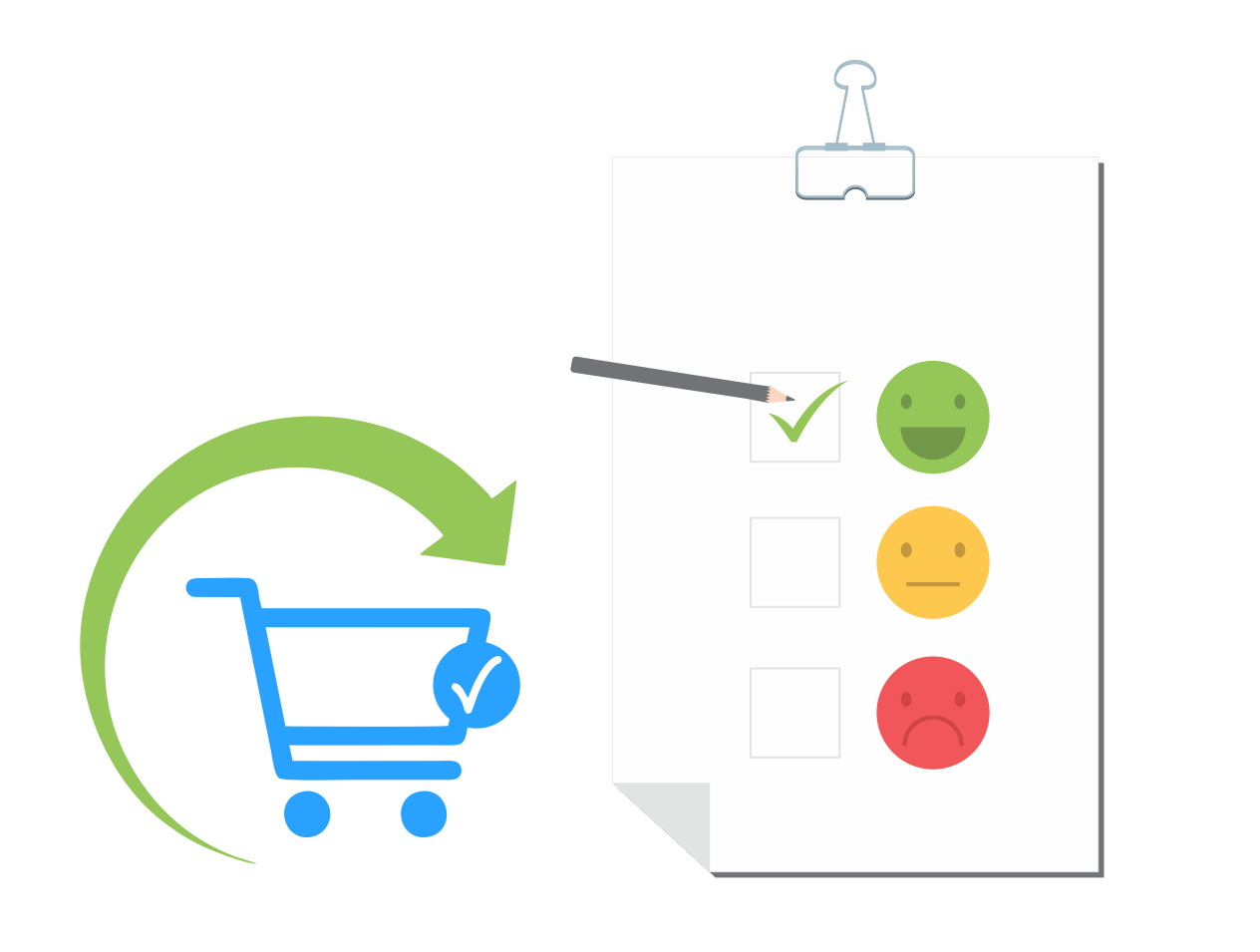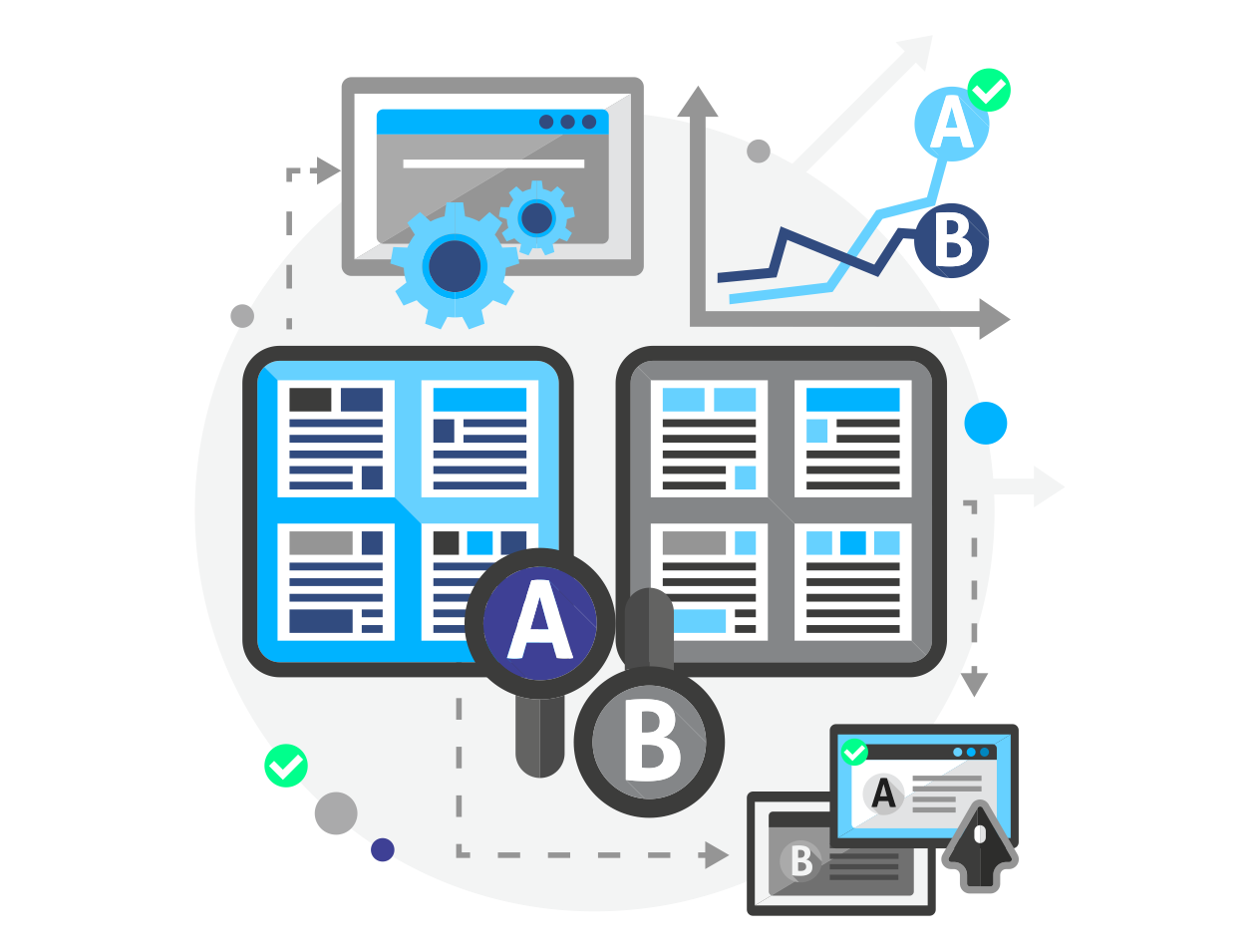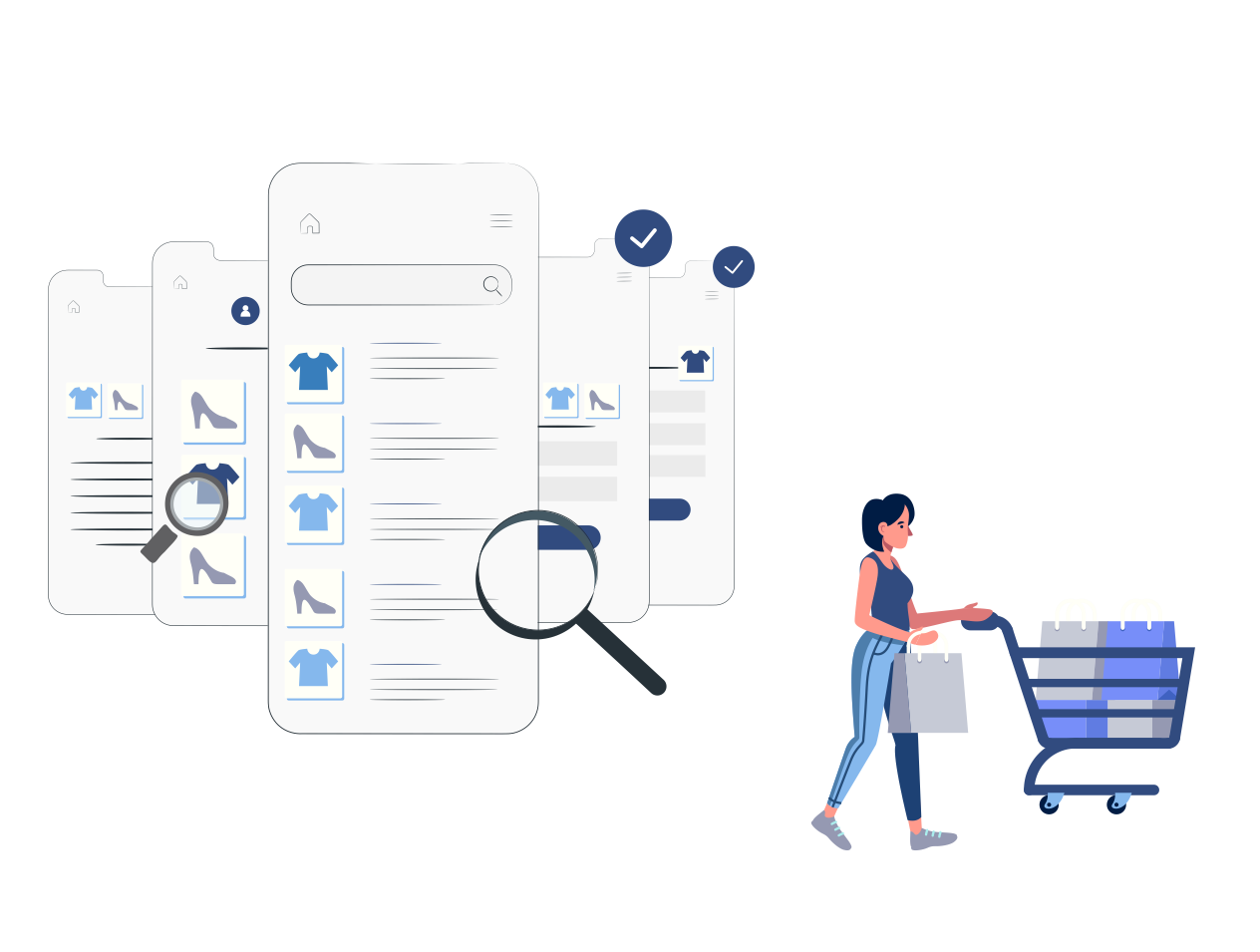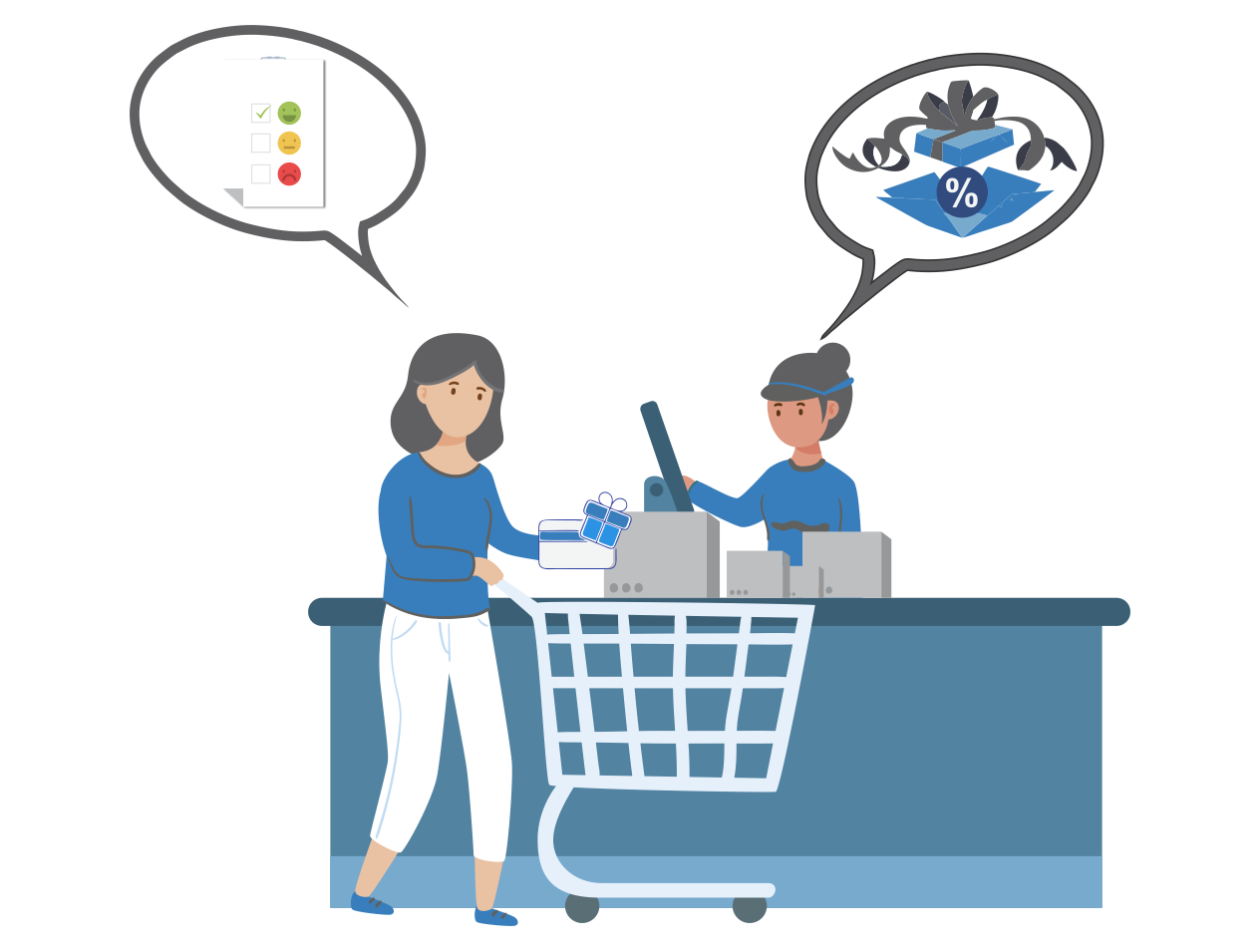An ecommerce platform uses a proprietary scorecard to measure customer buying experience
Purchase experience starts when a (potential) customer hears about a brand. In the case of our client, it starts with product search, discovery, purchase and finally the delivery experience. Our ecommerce client was focused on providing customer delight from end-to-end. They were not satisfied with NPS or CSAT scores, as they had extremely low response rates, and more often than not biased. They wanted a solution that would score for each transaction – even from same customer
Know about each purchase experience. Not just each customer.
Good purchase experience is the impression that a customer is left with on an ecommerce platform. With the implementation of the scorecard, our client was able to:
- Increase 1-month repeat purchase by ~14%
- Improve 6-month repeat purchase by ~3%
- 21% reduction is service requests and 12% lower returns
The scorecard allowed the client to proactively monitor customer satisfaction and reach out to customers whose score went below a threshold
Beyond qualitative measures to score each purchase
The client was using Net Promoter Score (NPS) and Customer Satisfaction Scores (CSAT) to access customer satisfaction on their platform. They used to send out survey questionnaires to the purchasers as an automated communication. However, the client was not very happy with these measures on two accounts – the low response rates did not give them visibility on majority of purchases and the results were mostly biased towards either the highest or the lowest score.
They wanted a measure that would have a better coverage and not biased towards people who respond. Also, their inclination was towards a measure that was quantitative, cover all aspects of the purchase experience and provide them with a score that would reflect how the satisfaction score went up or down with every purchase.
More than a performance measurement metric
The scorecard was designed to measure multiple aspects of a purchase including ease of product search, time spent in finding the right product, purchase consideration time, ease of payment and finally, the delivery experience. With this, the client was able to:
a. Identity the experience at a transaction level, and monitor the drivers of the score
b. Identify customers whose score was below a certain threshold – and reach out to them proactively
c. Identify product discovery and delivery issues – and address them
The client is now able to score each transaction based on a feature set that is associated with the browsing and other behavioural data.




